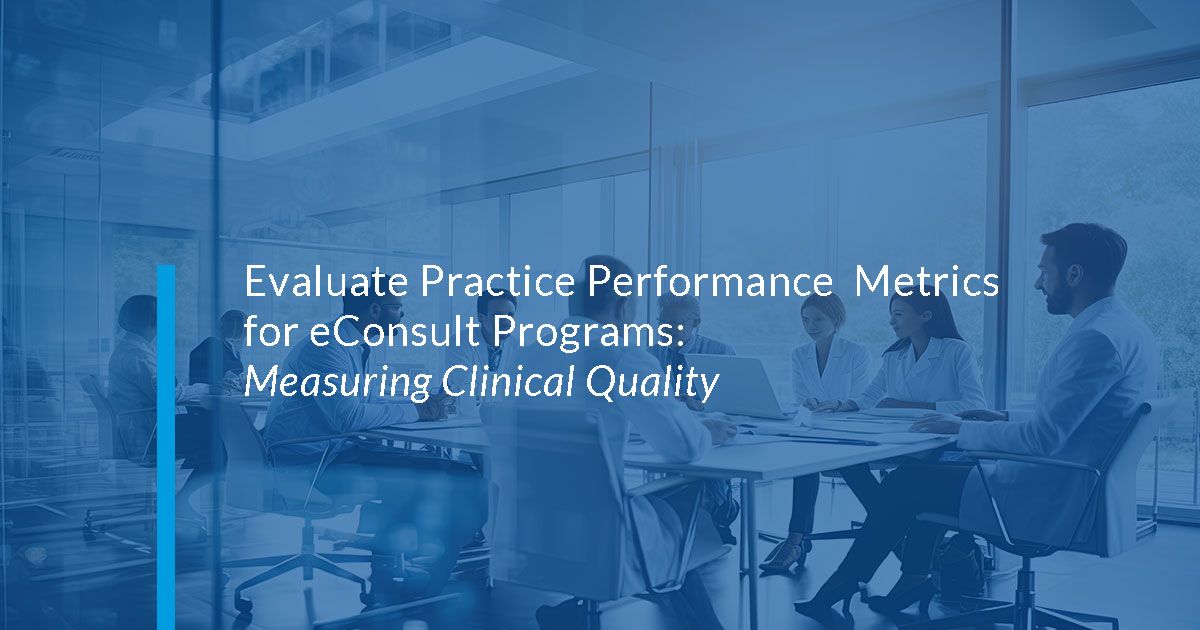Wound Care: When to request an eConsult
Myra Varnado, Director of Clinical Services at Corstrata
It is important that we know when should they request an eConsult. You know, these are the types of wounds typically that we see. All those lower extremities. We see wounds who have a mixed etiology a lot of times. And those are really kind of tricky ’cause uh, you know, we’ve already said, okay, you don’t have great arterial flow, but guess what, your venous flow isn’t great either. So that’s, those are a little bit tricky. We can manage those and we can certainly work with those, they have to be assessed properly. The studies have to be done correctly, as far as venous and arterial doppler. And then, the plan is going to be very specific to whatever it is we find with that mixed disease, again, pressure injuries, we see a lot of wounds that have a stable scar.
Stable eschar is something that a lot of times you’ll see, for example, your patients who maybe are bed bound or patients who are palliative or hospice patients. those are patients that they’re complicated just by virtue of being long-term care patients or by being palliative or hospice. At that point, we have to really look at what are the goals of managing this patient’s care. Stable eschar is a scar that is typically leathery kind of hard. You’ll see it a whole lot of the time, for example, on a heel. It’s related to typical pressure injury. Okay? And what we’ll see is though it’s not a boggy feeling, it’s doesn’t have drainage, it’s not inflamed it’s stable. Okay? So if you have a patient like that, you know, you have to know, okay, that’s a patient we’re not gonna be aggressive with.
Whereas if that would be someone else you maybe would be very aggressive on how you’re going to address that particular limb. It’s just real important that we have a good history. So we know those things and we know the background of the patient and we get a lot of wounds that are unknown etiology and those just have to be worked up. And sometimes when we see those wounds, quite frankly, we’re looking at the medical history and labs and that kind of thing, but we’re also at some point just looking at what it is we see and making recommendations based upon what we see in the wound. That’s the best we can do. Whereas we may not have a great grasp necessarily on the etiology yet. We see a lot of wounds that are stalled wounds. Those can happen for a variety of reasons, and sometimes it has to do with the way we cleanse wounds and the way we take care of them. Certainly a lot of the wounds that we see, we also will include information on, as I said earlier in another slide, the recidivism. We don’t wanna see that happen. So, what are the things we can do? Okay, you get this wound closed. Now what are the things that can be done to prevent these wounds or this wound from reoccurring?

Measuring Clinical Quality
Multiple studies have shown that improved access to specialty advice and preventative care decreases the incidence of disease and patient mortality, resulting in better care outcomes. Preventive medicine proactively identifies and treats health issues before they develop into severe or chronic conditions.
By addressing health problems before they require emergency intervention, both patients and the health system save money and see better outcomes.
But how do you know the advice you receive from eConsults is working to prevent disease escalation? Using population health data, like hospitalization and readmission rates and emergency department discharges, can give you confidence that your program is effective.
For example, referral volume will decrease as the use of eConsults increases. Reporting from AristaMD offers quality metrics for your practice. Use internal and external metrics to confirm improvements in patient care and outcomes, including:
- Hospitalizations and Readmissions
- Emergency Department Discharges
- Referral Trends & eConsult Reporting
Hospitalizations and Readmissions
When participating in shared savings, partial or full capitation, controlling costs are closely related to hospitalization and readmission.
Monitoring trends in these areas after implementing an eConsult program can reveal the program’s greatest impact. eConsults support efforts to prevent hospitalization and readmission by allowing PCPs to build:
- More robust preventive care plans
- Address nuances related to chronic conditions
- Identify patients at risk for readmission and prioritize interventions
The average hospital stay cost is $11,700 – the most expensive type of care utilization. Preventing even one hospital stay delivers significant shared savings. For practices taking on capitation, avoiding a hospital stay will allow your practice to keep more of the per-person payment. While the amount of savings varies depending on the patient population and alternative payment model, keeping patients out of the hospital is critical to your revenue and time health of your patients.

Myra Varnado
Director of Clinical Services at Corstrata
Myra Varnado has been a WOC Nurse for over 20 years, graduating from the Emory University WOCNEC in 1996. Myra is the Director of Clinical Services for Corstrata, a Savannah, GA-based Wound and Ostomy Telehealth company. Myra previously worked for and retired from the LSU Health System in New Orleans as the Manager of WOC Clinical Services and Wound Healing Clinic and later served as CNO for an outpatient Wound Healing company, Wound Care Specialists, which served over 100 Wound Centers in 12 states.
